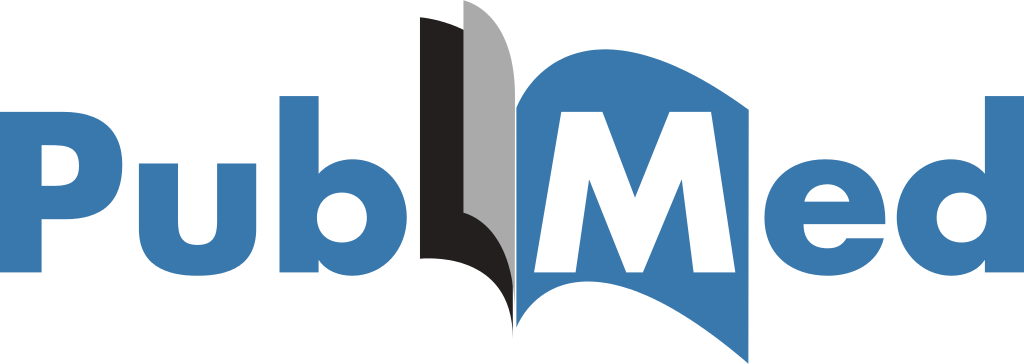Relationship between brain computed tomography findings and bispectral index score in patients presenting with head trauma
Özlem Küsken1, Tuba Cimill Ozturk2, Aysel Hünük3, Ebru Unal Akoglu2, Rohat Ak2, Cansu Arslan Turan2, Ozge Ecmel Onur21Department of Emergency Medicine, Istanbul Medeniyet University, Goztepe Training and Research Hospital, Istanbul, Turkey2Department of Emergency Medicine, University of Health Sciences, Fatih Sultan Mehmet Training and Research Hospital, Istanbul, Turkey
3Department of Emergency Medicine, Kartal Yavuz Selim State Hospital, Istanbul, Turkey
INTRODUCTION: Head trauma is one of the most important emergency health problems both in the world and in our country. The objective in our study is to (i) state the correlation between the findings of bispectral index score (BIS) and computed tomography (CT), which are used to evaluate the level of consciousness of patients with isolated head trauma, and (ii) investigate objective results about the patients level of consiousness/alertness according to the CT modality, which is used frequently.
METHODS: This prospective study was carried out between 03.01.2014 and 09.01.2014 in the emergency department of Fatih Sultan Mehmet Education and Research Hospital. The average BIS scores were correlated with the Glasgow Coma Scale (GCS) point, the Canadian CT Head Rule major and minor criteria, and the pathologic findings in CT imaging. The patients demographic features, vital signs at admission, and arrival times at the hospital were investigated.
RESULTS: In our study, 64 (31.7%) patients were female, and 138 (68.3%) patients were male. The mean BIS scores were 84.99±11.20 (86.05) and 93.78±3.80 (95.05) in patients with and without CT pathologies, respectively. The correlation between CT pathology and BIS scores was statistically significant: BIS scores were lower in patients with CT pathologies (p=0.001; p<0.01). There was a statistically significant positive correlation between the BIS and GCS scores (45.6%) (p<0.05).
DISCUSSION AND CONCLUSION: We showed that most head traumas occur after dangerous accidents, and according to the results, we can predict that males are more frequently affected than females.There was a statistically significant positive correlation between BIS scores and GCS points. In our study, the BIS scores were statistically significantly lower in patients with CT pathology than in patients without. We can predict that if the BIS score of the patient is low, then there will be the presence of pathology on CT imaging.
Kafa travması ile başvuran hastalarda beyin BT bulguları ile Bispektral İndeks Skoru arasındaki ilişki
Özlem Küsken1, Tuba Cimill Ozturk2, Aysel Hünük3, Ebru Unal Akoglu2, Rohat Ak2, Cansu Arslan Turan2, Ozge Ecmel Onur21S.B. İstanbul Medeniyet Üniversitesi, Göztepe Eğitim Ve Araştırma Hastanesi, İstanbul, Türkiye2S.B. Üniversitesi, Fatih Sultan Mehmet Eğitim Ve Araştırma Hastanesi, İstanbul, Türkiye
3Kartal Yavuz Selim Devlet Hastanesi, İstanbul, Türkiye
GİRİŞ ve AMAÇ: Kafa travmalı hastaya yaklaşım günümüzde acil servislerin en kapsamlı problemlerinden biridir. Bizim bu çalışmadaki amacımız izole kafa travması olan hastalarda bilinç durumu için kullanılan BİS ile bilgisayarlı beyin tomografi bulguları arasında bir ilişki olup olmadığını ortaya koymaktır.
YÖNTEM ve GEREÇLER: Çalışma 01.03.2014 / 01.09.2014 tarihleri arasında prospektif olarak Fatih Sultan Mehmet Eğitim ve Araştırma Hastanesi Acil Tıp Kliniği'nde yapılmıştır. Ortalama BİS değerleri; GKS puanı, CCHR major ve minör kriterleri, ve BTde patoloji olup olmaması durumu ile karşılaştırılmıştır. Bunun dışında olguların demografik özellikleri, geliş vital bulguları ve hastaneye varış süreleri incelenmiştir.
BULGULAR: Çalışmamızdaki olguların 64ü (%31,7) kadın, 138i (%68,3) erkek tespit edilmiştir. BTde patoloji tespit edilen olguların BİS değerleri ortalaması 84,99±11,20 (86,05), BTde patoloji görülmeyenlerin BİS değerleri ortalaması 93,78±3,80 (95,05). BT patolojisi ve BİS değerleri karşılaştırıldığında istatistiksel olarak anlamlı olduğu görülmüş olup BT patolojisi olanların BİS değerleri düşük bulunmuştur (p=0,001; p<0.01). BİS değeri ile GKS puanı, Spearmans rho Korelasyon analizi ile incelendiğinde pozitif yönlü, %45.6 düzeyinde ve istatistiksel olarak anlamlı bir ilişki bulunmuştur (p< 0,05).
TARTIŞMA ve SONUÇ: Çalışmamızın sonuçları değerlendirildiğinde kafa travmaları sıklıkla tehlikeli kazalar sonucunda olduğu ve erkekleri daha fazla etkilediğini söylemek mümkündür. CCHR majör kriterlerinden biri olan 65 yaş ve üzeri olma durumu olguların 40'ında (%19.8) tespit edilmiştir. Çalışmamızın diğer önemli bir sonucu ise BTde travmatik patoloji tespit edilen hastaların BİS değerlerinin BTsi normal olan hastalara göre anlamlı derecede düşük olmasıdır. Bu sonuca göre BİS değeri düşük tespit edilen hastaların beyin BTlerinde patoloji tespit edilebileceği öngörülebilir.
Corresponding Author: Rohat Ak, Türkiye
Manuscript Language: Turkish






















